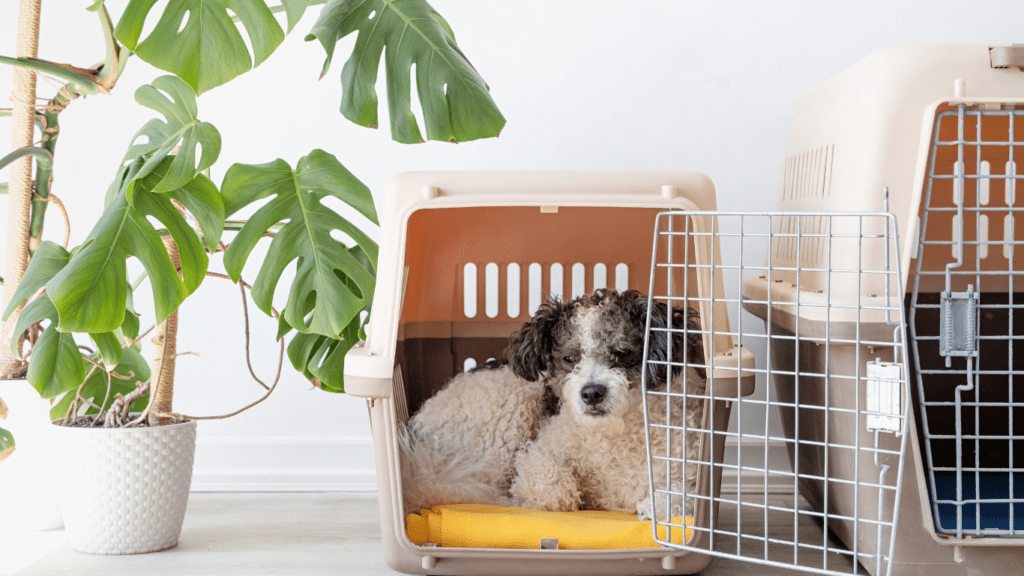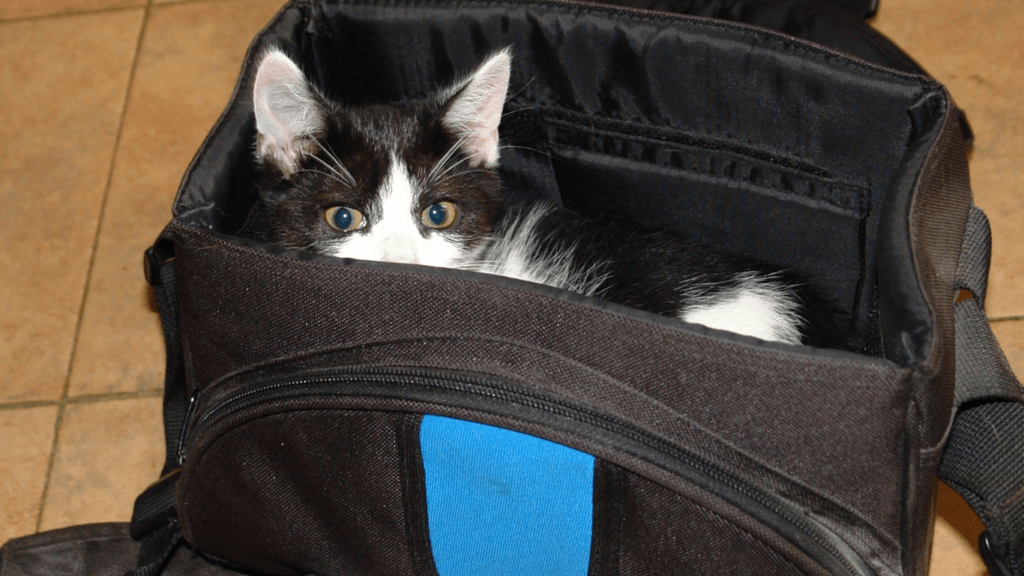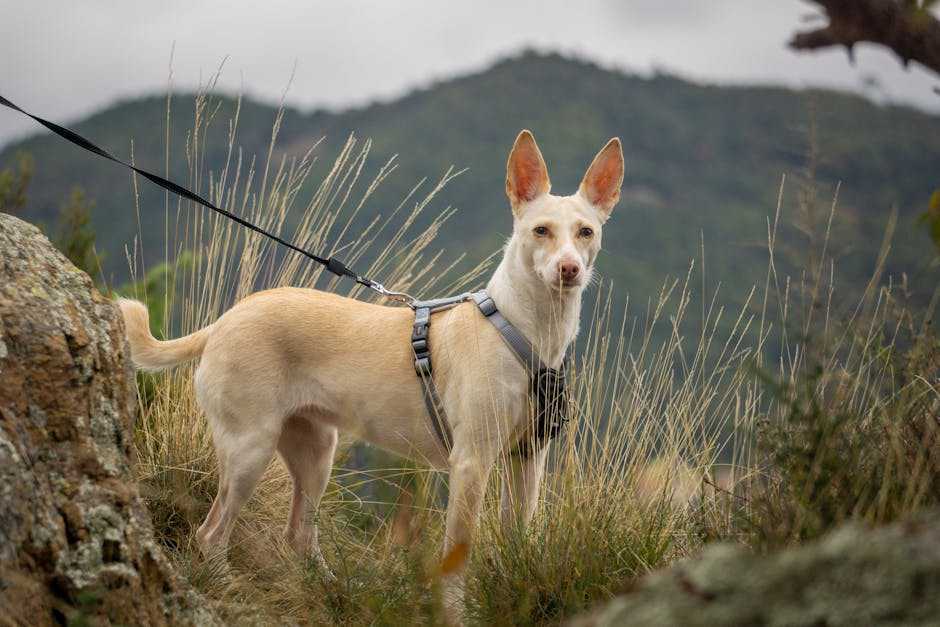Understanding the Importance of a Travel Carrier
A travel carrier isn’t just a luxury for pet owners; it’s a necessity. Ensuring your pet’s safety and comfort during travel is vital for their well-being. Carriers provide a secure and familiar environment, which can reduce stress and anxiety for pets on the move.
Different travel conditions, for instance, car rides and plane trips, demand specific carrier features. In cars, a carrier keeps pets restrained and reduces distractions for drivers. For air travel, carriers must comply with airline regulations and provide ample ventilation and space.
Investing in the right carrier also safeguards against potential health issues. Securely confined pets face fewer risks of injury or escape. Additionally, the carrier offers protection from external hazards like harsh weather and rough handling.
Ease of use benefits pet owners too. A well-designed carrier with features like:
- handles
- straps
- storage compartments
makes transportation simpler. Durable materials ensure the carrier lasts, making it a cost-effective choice in the long run.
Considering these factors, it’s clear why selecting the appropriate travel carrier holds such significance. It not only ensures the pet’s safety but also enhances the travel experience for both the pet and the owner.
Types of Travel Carriers

Different travel conditions require specific carriers. Choosing the right type ensures safety and comfort for pets.
Hard-Sided Carriers
Hard-sided carriers offer durability and protection. They are ideal for car travel and airline compliance since they provide robust protection against external impacts. Brands like Petmate and Aspen Pet feature sturdy plastic or metal walls with secure latching mechanisms. These carriers often come with ventilated sides and are easy to clean, making them suitable for long trips.
Soft-Sided Carriers
Soft-sided carriers offer flexibility and comfort. They are lightweight and typically made of fabric with mesh panels for ventilation. They’re perfect for short trips and visits to the vet. Examples include the Sherpa Original Deluxe and PetAmi Premium pet carriers, which feature comfortable interiors and shoulder straps for easy carrying. They also fit under most airline seats, making them convenient for air travel.
Backpack Carriers
Backpack carriers provide hands-free convenience. They are well-suited for hiking and outdoor activities. Models like the K9 Sport Sack and PetAmi Deluxe Pet Carrier Backpack feature padded straps and ample ventilation. Many designs include compartments for carrying essentials. They ensure pets are secure and comfortable while owners maintain mobility.
Sling Carriers
Sling carriers offer a cozy and close-knit travel option. They’re ideal for small pets who enjoy being close to their owners. Brands like iPrimio and TOMKAS make slings that facilitate easy carrying while leaving hands free. The design distributes the pet’s weight evenly across the body, providing comfort during short walks or errands.
Rolling Carriers
Rolling carriers provide an effortless travel method. Suitable for larger pets or longer distances, these carriers feature wheels and retractable handles. Models like the Pet Gear I-GO2 and Ibiyaya Multifunction Pet Carrier offer versatility as they can convert from a rolling carrier to a backpack or car seat. They ensure the pet’s comfort with padded interiors and proper ventilation.
Different types of travel carriers cater to various needs, ensuring pets are secure and comfy while traveling.
Key Features to Look For
To select the right travel carrier for your pet, consider several key features. It’s vital to ensure comfort, safety, and convenience during travel.
Size and Space
Choose a carrier that provides ample space for your pet to stand, turn, and lie down. Measure your pet’s height from floor to head and length from neck to base of tail. Use these measurements to find a carrier at least 1.5 times larger in both dimensions. Small pets like cats often need carriers around 19x12x10 inches, while larger dogs may require dimensions of 30x20x23 inches.
Ventilation
Adequate ventilation is crucial for your pet’s comfort and safety. Look for carriers with multiple mesh panels or ventilation holes. Ensure the carrier allows sufficient airflow without compromising security. For example, carriers like the Sherpa Original Deluxe have three mesh sides, providing excellent airflow while maintaining sturdy construction.
Durability and Material
Select carriers made from high-quality, durable materials. Hard-sided carriers, often made of plastic or metal, offer the best protection. For airline travel, opt for brands like Petmate that use robust, airline-approved plastic. Soft-sided carriers should use tear-resistant fabric like the PetAmi Premium, which incorporates reinforced stitching and durable zippers.
Safety Features
Prioritize carriers with built-in safety features. Look for secure locking mechanisms, seatbelt loops, and robust zippers. Some carriers, such as the Pet Gear I-GO2, come with safety tethering hooks to attach to your pet’s harness. Ensure the chosen carrier meets airline safety regulations if you plan to travel by air.
Focusing on these key features will help you choose a travel carrier that maximizes your pet’s safety and comfort, making your journeys more enjoyable for both of you.
Consider Your Pet’s Needs
Picking the ideal travel carrier for your pet hinges on understanding their needs. Focusing on factors like size, behavior, and health ensures comfort and safety.
Size and Weight
Ensure the carrier matches your pet’s size and weight. Measuring from the tip of their nose to the base of their tail and from the ground to the top of their shoulder provides accurate dimensions. A carrier should have enough space for your pet to stand, turn, and lie down comfortably. It’s essential not to choose a carrier that’s too large, as it can cause safety issues during transit. Most airline-approved carriers specify maximum weight limits.
Behavioral Aspects
Consider your pet’s behavior during travel. If your pet experiences anxiety or has tendencies to chew, look for a sturdy carrier with strong materials. Cats often feel more secure in smaller, enclosed spaces with minimal distractions, while dogs might prefer carriers with ample ventilation and visibility. Some pets may benefit from features like detachable pads for comfort or built-in leash systems.
Health Considerations
- Prioritize your pet’s health when selecting a carrier.
- Pets with joint issues or arthritis need padded carriers for extra support.
- For those with respiratory problems, a carrier with superior ventilation is critical.
- Ensure the carrier allows easy cleaning to maintain hygiene, especially for pets prone to accidents or those with health conditions requiring regular cleaning.
- Consult your veterinarian if your pet has specific medical needs or requires a specialized carrier.
Tips for Getting Your Pet Acclimated
Getting your pet comfortable with their travel carrier is essential for a stress-free journey. Here’s how to make the transition smoother.
Positive Reinforcement
Introduce the carrier as a positive space. Place favorite toys or treats inside to create a welcoming environment. Reward your pet when they enter or explore the carrier voluntarily. Over time, they’ll associate the carrier with positive experiences.
Gradual Exposure
Start by leaving the carrier open in a familiar space. Let your pet investigate at their own pace. Next, gradually increase their time inside while providing comfort items. Practicing short travel sessions can help your pet become accustomed to the carrier before longer journeys.




